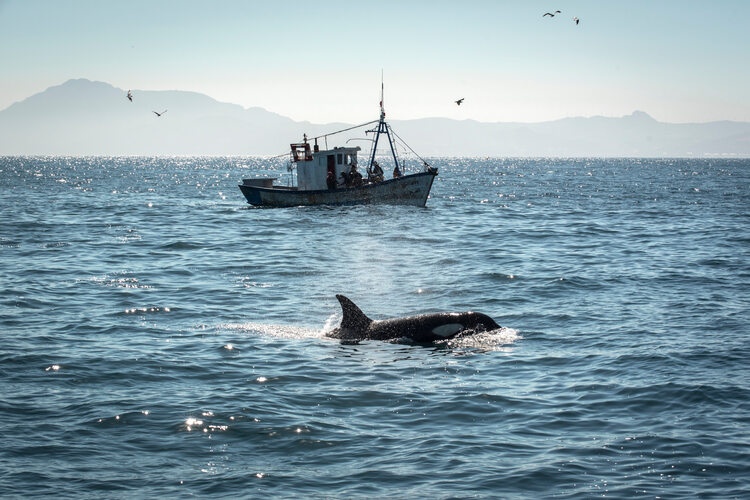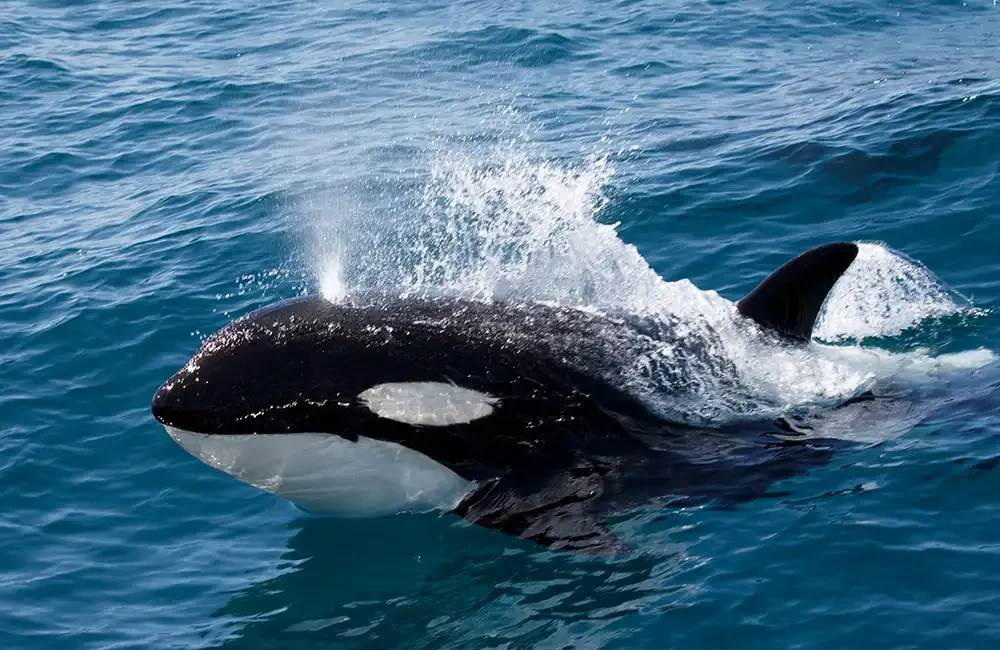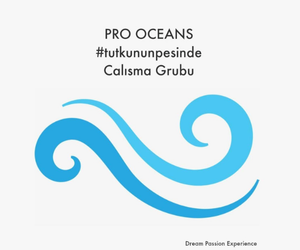By Mark ‘Crowley’ Russell
Sailors have been warned to be on the lookout for orcas (killer whales) in the Bay of Biscay after a French-flagged yacht was rammed by the animals off the northern coast of Spain.
The two French crewmen issued a mayday call after their yacht Azurea was attacked and left with its steering disabled just north of the town of Deba in the Spanish Basque Country on the afternoon of Monday, 21 July.
The pair were rescued by the Spanish Coastguard, and taken with their boat under tow to the port of Getaria, where they were said to be ‘shocked, but unharmed.’
The attack is similar in nature to those widely reported two years ago following the sinking of a boat by orcas in the Strait of Gibraltar. At least 250 vessels have been reportedly damaged – and six sunk – between 2020 and 2024.
A 72-year-old Dutch sailor’s boat was also rammed by an orca in 2023, as he was en route to Bergen, Norway, from the Scottish Shetland Islands, more than 2,000 miles away from Gibraltar.
The spate of attacks appears to be a fairly recent phenomenon, and one which scientists have struggled to explain. The orcas always target the rudder of the boat, particularly ‘spade’ rudders, then leave the area after disabling it.
Some have speculated that the ‘leader’ of the attacks in the Strait of Gibraltar, a female matriarch named White Gladis, was attempting to exact revenge for some injurious trauma she had suffered as the result of a boat strike.
Others, however, have noted that the orcas’ behaviour during the incidents is not particularly aggressive, and may not be an attack at all, but some form of game, pointing out that if a six-metre-long marine mammal weighing five tonnes really wanted to sink a small boat, it would have little trouble doing so.
Related articles
‘For some unknown reason, the killer whales have developed a penchant for breaking the rudders of sailboats and once they have achieved this, they leave the boat alone,’ said Professor Volker Deeke, professor of wildlife conservation at the University of Cumbria, in an interview with The Telegraph.
‘During interactions, the animals remain cool, calm and collected without any of the behavioural signs of aggression such as splashing, or vocalisations.’
Following the 2023 sinkings, Spanish authorities issued a recommendation that, if possible, sailors keep to shallow waters of 20m or less in orca hotspots, as the animals are unlikely to follow and it makes it more difficult for them to target the vessel’s rudders if they do.

If escape to the shallows is not possible, it is recommended that sailors lower their sails, stop their engines, and not attempt to chase the orcas away by making loud noises.
Spanish authorities said that while such incidents are not unheard of in the Bay of Biscay, they are far less common than those reported in the south of the Iberian Peninsula.
However, the estimated 35-strong Strait of Gibraltar (or Iberian) sub-population responsible for the attacks in the south is known to migrate along the northern coast of Spain in late summer, implying that members of the same pod may be responsible for the Bay of Biscay ramming.
While this has not been confirmed, the incident follows news that Iberian orcas were recently spotted off the coast of Great Britain, when two individuals were sighted in waters around the Isles of Scilly earlier in July.
As a result, sailors passing through British waters have been told to follow the same recommendations as given to those passing through the Straits of Gibraltar, and head for the shallows, or come to a dead stop, if orcas are present in the area.
The post Crew rescued after French yacht damaged by orcas in Bay of Biscay appeared first on DIVE Magazine.




